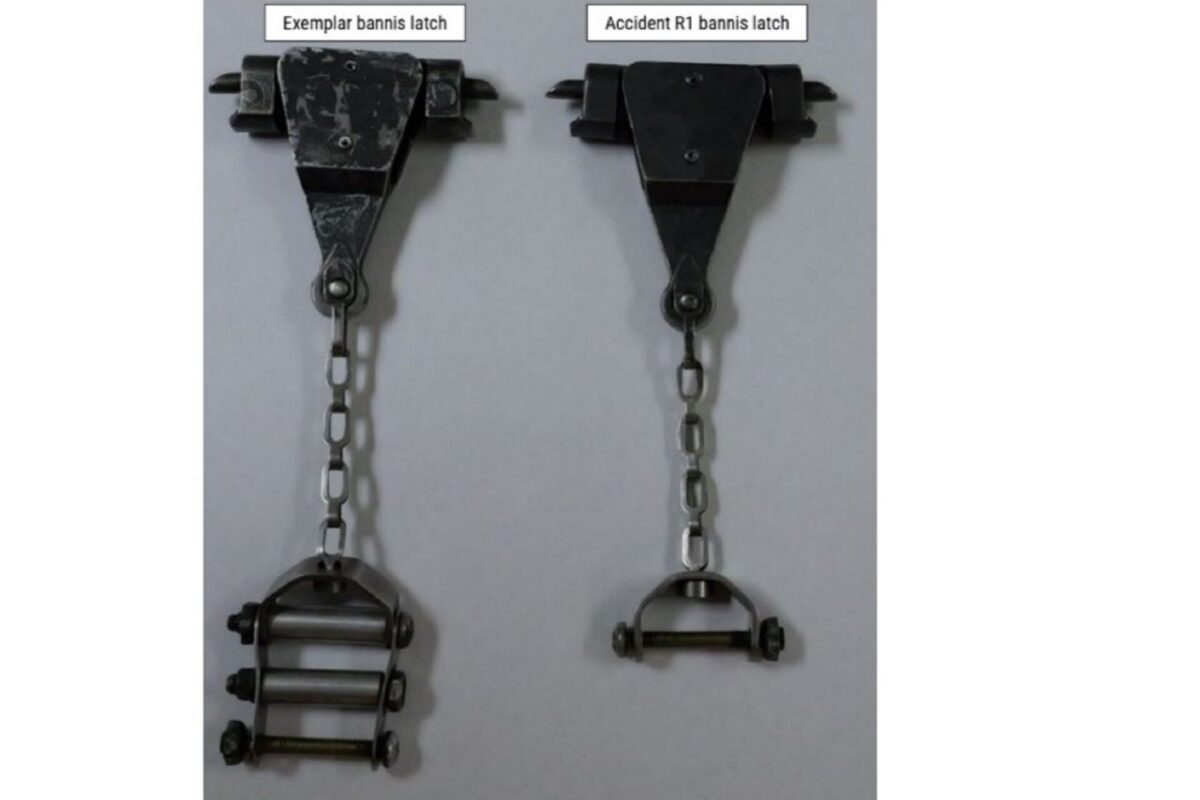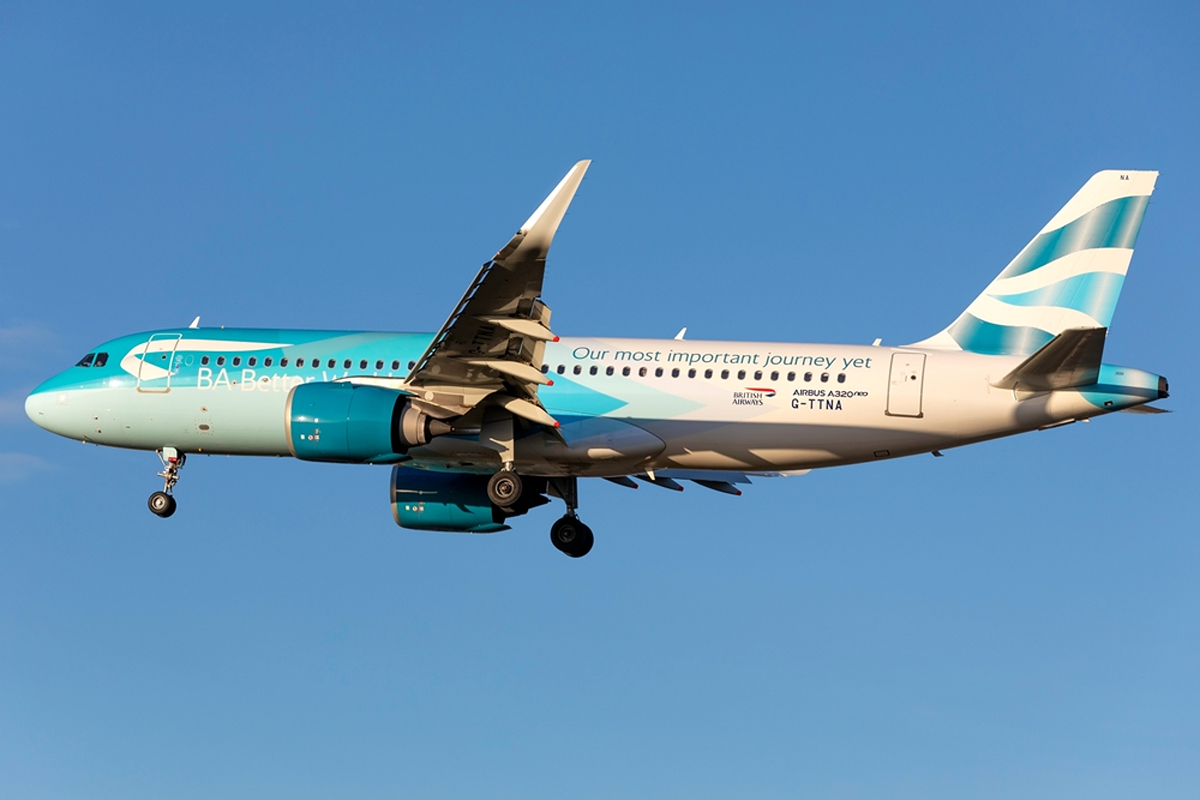The National Transportation Safety Board (NTSB) has issued new safety recommendations in response to fears that Boeing 757 emergency slides may not deploy.
On April 3, 2025, the NTSB said that, during an ongoing investigation of an emergency landing involving FedEx flight 1376, a bannis latch was found that did not comply with safety regulations.
A FedEx Boeing 757-236 received an engine indication and crew alerting system message on October 4, 2023, indicating a failure of the left hydraulic system shortly after takeoff.
The flight crew decided to return to Chattanooga Metropolitan Airport-Lovell Field (CHA), Tennessee, but after multiple attempts were unable to extend the landing gear. Subsequently, the crew declared an emergency and performed a gear-up landing.
Once the aircraft was stationary, an individual traveling in the jump seat tried to escape through the left door, but it only rotated halfway open, and the slide did not deploy. They then attempted to open the right door, but it lodged on the slide pack, resulting in the individual having to use force to exit. The slide then deployed normally.
Preliminary findings from the NTSB’s ongoing investigation indicate different reasons for the difficulty experienced in opening the left and right doors.
“Examination of the R1 door found that the R1 bannis latch (which releases the slide pack when an armed door is opened) did not conform to the then-current configuration of the release cable assembly,” the NTSB said on March 27, 2025.
The latch is meant to have three links added with two spacers and hardware, but the faulty latch had only one link and lacked other required hardware, which caused the slide pack to jam.

(right) with one link – NTSB
“Examination of the left door found that, although its bannis latch conformed to required modifications, the deployment strap was incorrectly routed, which prevented the door from opening,” the NTSB said.
The NTSB has warned that unairworthy bannis latches may have been installed on other in-service Boeing 757-200, -200CB, and -300 series aircraft, as well as on Boeing 727s and 737s.
While FedEx did not find any other examples of misrouted deployment straps on its fleet of 97 Boeing 757s, the operator did discover 46 doors with non-compliant bannis latches.
After Boeing issued a multi-operator message on April 8, 2024, the company received notification from a non-US operator that its inspection of four 757 doors found three with bannis latches that did not comply with directives.
“Although the right door was eventually opened despite the incorrectly configured latch, the NTSB is concerned that it hindered an emergency evacuation,” the NTSB said.
What the NTSB recommends
The NTSB has recommended that the Federal Aviation Administration (FAA) require all Boeing 757 operators to inspect the bannis latches on Boeing 757-200, -200CB, and -300 series aircraft and, if necessary, modify or replace them so that they comply with the correct configuration; plus, to require all operators of Boeing 727 and 737s that use the same bannis latch design as Boeing 757s to inspect and, if necessary, modify or replace them.
The NTSB also recommended that operators of all possibly affected aircraft should update their aircraft maintenance manuals (AMM) in accordance with the revised details.
Additionally, the NTSB told Boeing that once the 757 manuals and illustrated parts catalog are updated to show an accurate depiction of the bannis latch assembly, it should issue a service bulletin advising operators to inspect and, if necessary, modify or replace the bannis latches.
Boeing is also advised to issue a service bulletin notifying operators of Boeing 727 and 737 planes that use the same bannis latch design and, if necessary, modify or replace them.
Finally, Boeing should also review manuals and illustrated parts catalogs for Boeing 727 and 737s that use the same bannis latch design to ensure they accurately depict the correct configuration.



